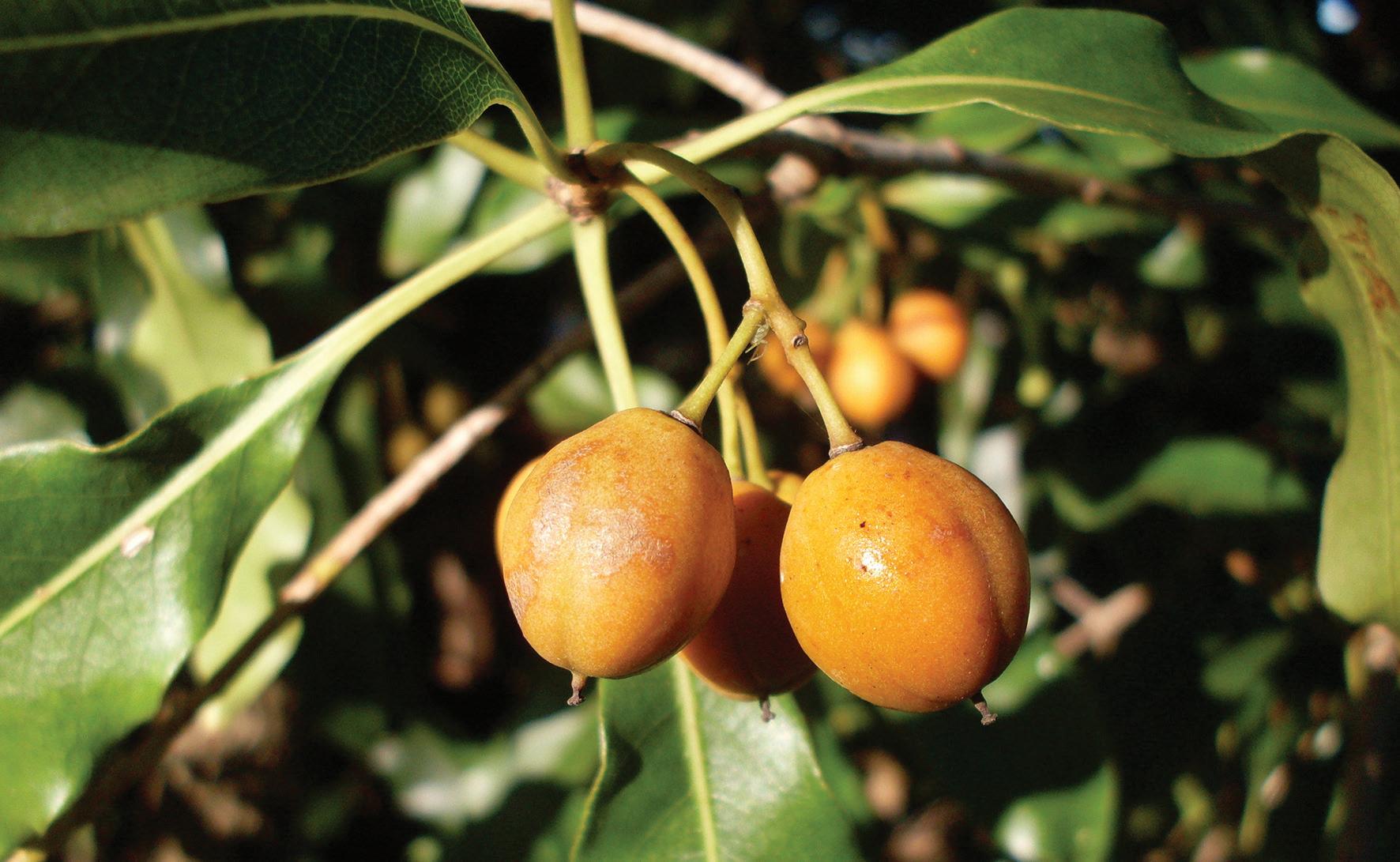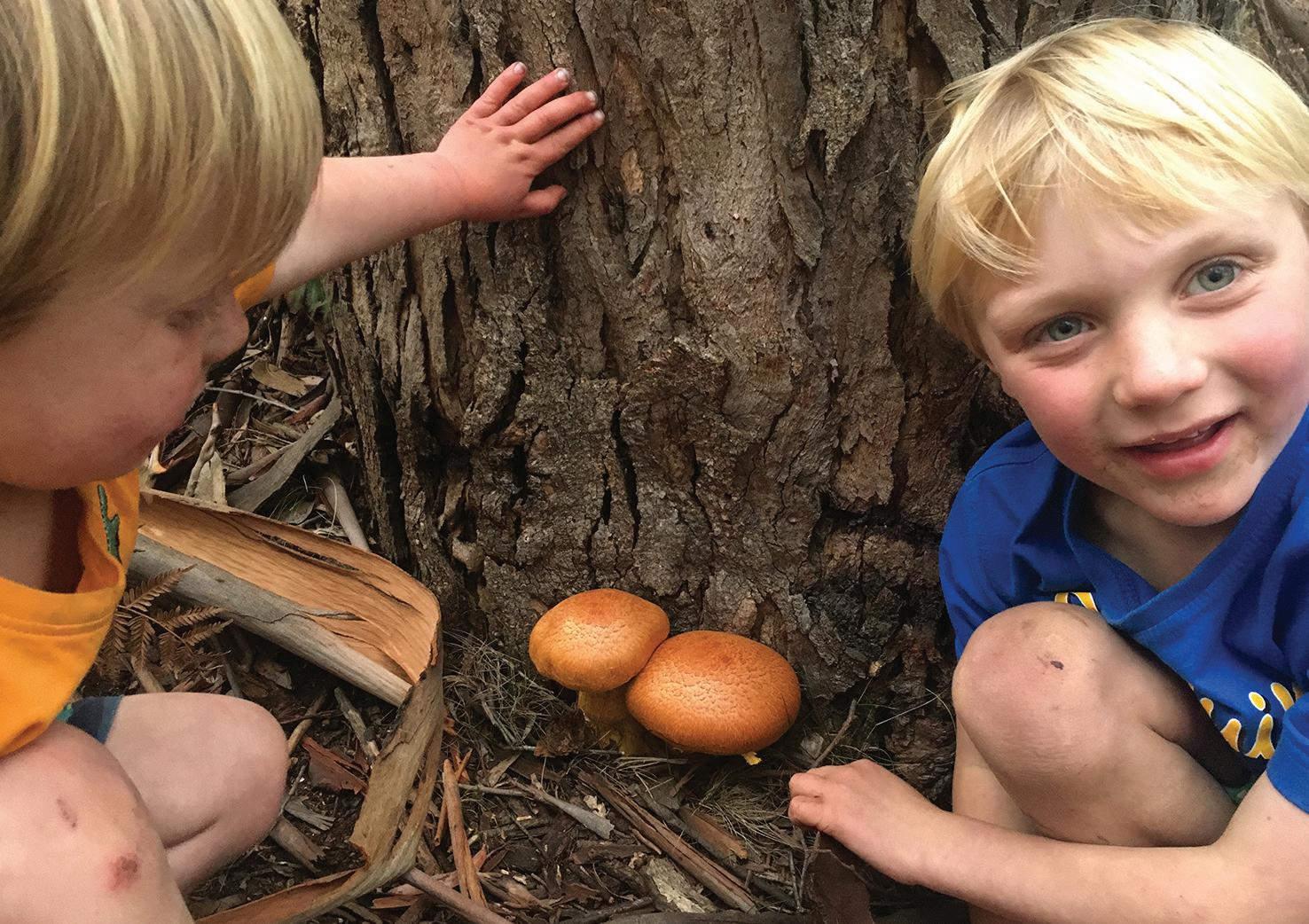
1 minute read
Weed Watch
When is a weed a weed?
By Bec Johnson, Team Leader Bushcare
Sweet pittosporum was virtually unknown as an environmental weed in Tasmania 15 years ago, but today it is visible in almost every street in Hobart and many bushland areas. It’s an unusual example of a native Australian plant with a small natural range but enormous invasive potential.
Sweet pittosporum – its scientific name is Pittosporum undulatum – is native to rainforests of the eastern mainland states – but not Tasmania. In its natural habitat it was kept in check by regular grassland fires, limiting it to wet areas. But it has now naturalised across much of Australia, and the globe, especially on sub-tropical islands.
It is an attractive, medium-sized shady tree with prolific marblelike fruit that are the colour of an orange and carry a sweet scent. Its spread has been aided by nurseries and gardeners, as well as a wide range of fruit-eating birds, including introduced birds.
Most ‘native’ plant sections in nurseries include species that hail from as far away as Western Australia, including mainland grevilleas, acacias and eucalypts. Many of them, like sweet pittosporum, can turn into invasive weeds if planted in Tasmania, and can even hybridise with local species.
Because mainland native plants are similar to Tasmanian native plants, they can draw native pollinators from their important job of cross-pollinating native herbs, shrubs and trees, resulting in reduced biodiversity in our natural grasslands and woodlands in the future.
If you live in an urban area, have a peek in the corners of your garden or look around your street. There’s a pretty good chance you’ll find a little (or not so little) sweet pittosporum.
If you decide to replace it, there are many lovely Tasmanian native plants to choose from. Pick up a free plant at one of our annual plant giveaways, and get some tips on gardening with Tasmanian native plants from: hobartcity.com.au/careforenature

Pittosporum translates as ‘sticky seed’. Have you ever noticed how our Tasmanian native cheesewood, Pittosporum bicolour, often starts life in the fork of a tree where a bird has scraped the sticky seeds off its rear end?
Photo: John Tann | Flickr | CC BY 2.0








